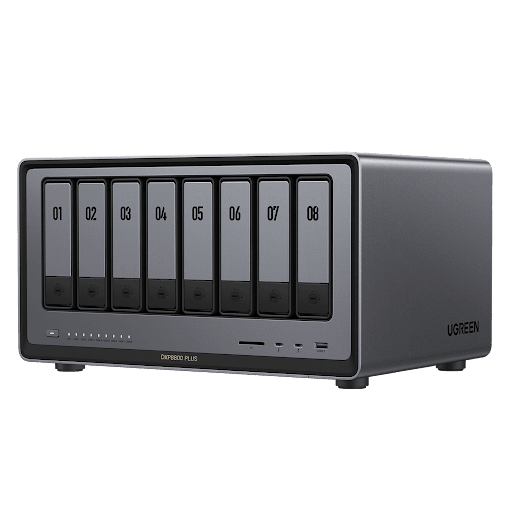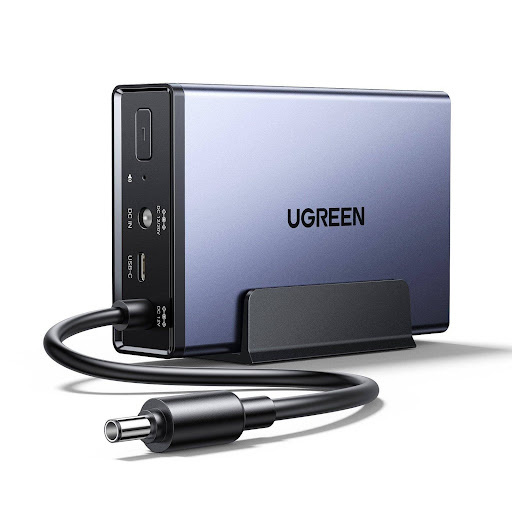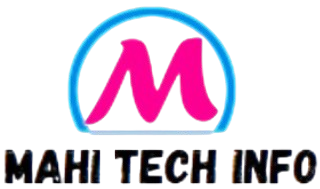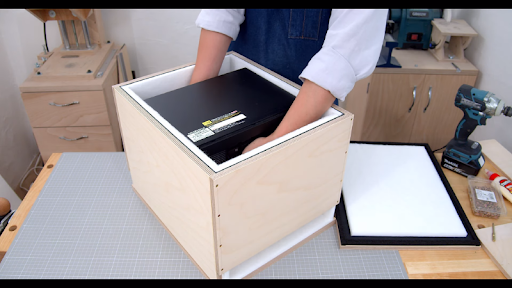Your computer crashes and suddenly all your family photos are gone forever. It happens more often than you’d think, and it’s absolutely heartbreaking.
NAS storage can prevent this nightmare by safely storing all your files in one place that your whole family can access from any device.
Think of NAS storage as your own personal version of Google Drive or iCloud, but you own and control everything. This guide will show you how to set it up so you can safely access your photos, videos, and files from anywhere – whether you’re at work, on vacation, or just in another room.
What is NAS Storage? Demystifying the Home Data Hub
Network Attached Storage (NAS) represents a significant leap forward from traditional storage methods, functioning as a dedicated computer that connects directly to your home network. Unlike external hard drives that can only connect to one device at a time, or cloud storage that depends on internet connectivity, NAS creates a personal data center within your home. Think of it as your digital library, where multiple family members can simultaneously access files through any connected device.

At its core, a NAS system consists of one or more hard drives, a network interface for connectivity, and an operating system that manages everything. The drives store your data, while the network interface enables communication with your devices through your router. The specialized operating system handles file organization, user access, and security protocols. This architecture creates a powerful yet user-friendly system that serves as a central hub for all your family’s digital needs, from photo storage to media streaming.
Critical NAS Features for Home Data Security
Implementing Encryption: Your First Security Layer
A robust NAS security strategy starts with implementing multiple protective layers to safeguard your precious data. At the foundation lies RAID (Redundant Array of Independent Disks) configuration, which automatically mirrors your data across multiple drives, ensuring continuity even if one drive fails. Modern NAS systems offer various RAID levels, with RAID 1 being most suitable for home users, providing straightforward mirroring between two drives.
Data encryption serves as your primary defense against unauthorized access. Volume-level encryption protects entire storage pools, while shared folder encryption allows for more granular control. When setting up encryption, choose AES-256 for maximum security and store encryption keys in a separate, secure location. While encryption may slightly impact performance, the security benefits far outweigh minor speed reductions.

Regular automated backups form another critical security layer. Configure your NAS to perform daily incremental backups and weekly full backups to a secondary location, whether another NAS device or a cloud service. User access control adds yet another protection level – create strong password policies, implement two-factor authentication, and regularly review access logs. For physical security, place your NAS in a locked, well-ventilated space away from high-traffic areas, and consider using a UPS (Uninterruptible Power Supply) to prevent data corruption during power outages.
Multi-User Support: Family Data Sharing Made Simple
Setting up a family-friendly NAS environment starts with creating individual user accounts for each family member, giving everyone their personal digital space. Parents can maintain control through admin accounts while children and other family members operate with standard user privileges. This hierarchy ensures proper oversight while maintaining privacy.
Managing storage space becomes effortless with personalized quotas for each user, preventing any single family member from consuming excessive storage. The system allows for both private and shared folders – private spaces remain completely personal, while shared areas enable collaboration on family projects, photo collections, or important documents. When multiple users access the same files simultaneously, built-in file locking prevents conflicts and potential data corruption.
Activity monitoring through detailed access logs helps parents maintain oversight of digital activities without intrusion. The system records who accessed what files and when, creating a transparent environment that balances privacy with parental supervision. This comprehensive approach transforms your NAS into a digital family hub where everyone enjoys their own space while staying connected through shared resources.
Secure Remote Access: Your Data From Anywhere
Step-by-Step: Configuring Safe Remote Access
Remote access to your NAS transforms it from a home storage device into a personal cloud solution. The safest approach uses a Virtual Private Network (VPN), creating an encrypted tunnel between your device and home network. For simpler setup, modern NAS systems like UGREEN offer secure web portals protected by SSL/TLS encryption, providing similar security with less configuration. Whichever method you choose, enabling two-factor authentication adds an essential security layer, requiring both your password and a temporary code for access.
Setting up reliable remote connections starts with configuring Dynamic DNS (DDNS), which maintains a consistent web address even when your home IP address changes. Most NAS manufacturers provide free DDNS services – simply register a domain name and let your NAS automatically update its address. Your router needs proper port forwarding configuration to direct incoming connections to your NAS. For maximum security, limit opened ports to essential services and regularly monitor connection logs for suspicious activity.
Mobile apps streamline remote access while maintaining security. During setup, install the manufacturer’s SSL certificate on your devices to prevent man-in-the-middle attacks. Optimize bandwidth usage by enabling auto-transcoding for media files and scheduling large file transfers during off-peak hours. Implement access revocation protocols that immediately disconnect compromised devices and reset authentication tokens. Regular connection testing ensures your remote access remains reliable while maintaining ironclad security.
Building a Secure Digital Foundation
Network Attached Storage represents a transformative step in securing and accessing your digital life. By implementing a NAS system with proper encryption, user management, and remote access protocols, you gain unprecedented control over your family’s digital assets. The layered security approach – from RAID configurations to two-factor authentication – ensures your precious memories and critical documents remain protected against both hardware failures and unauthorized access. As our digital footprint continues to grow, the ability to maintain sovereignty over our personal data becomes increasingly vital. Take the first step toward secure, centralized storage by evaluating your current data management needs and considering how a NAS system can provide the protection and accessibility your family deserves. The future of home data management is here – secure, accessible, and under your complete control.

